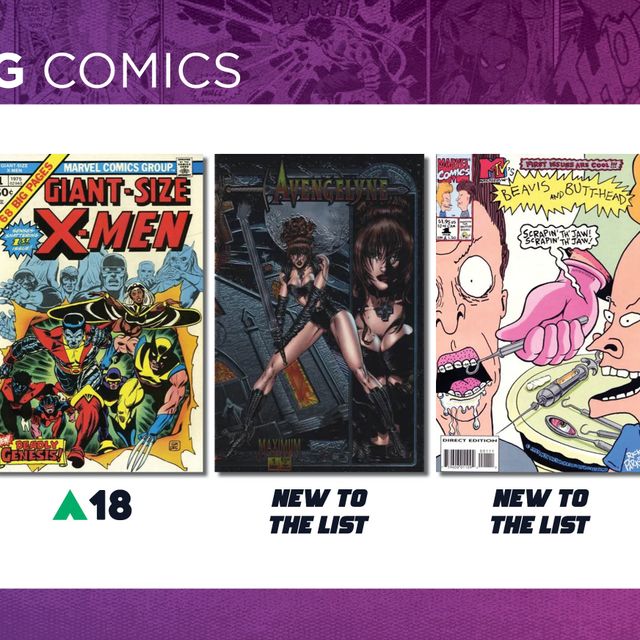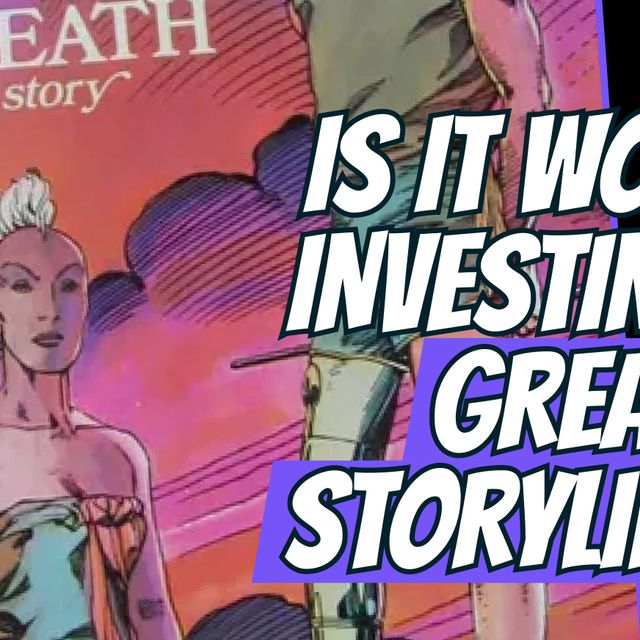
Listing the contributions of Jack Kirby (1917-1994) to comic book illustration would be like writing a history of the modern medium. So abundant was his influence, so singular his contributions and significant his impact, that it’s difficult to conceive of a time where the patterns and the style that Kirby pioneered and helped establish did not predominate and shape the vast majority of the content of sequential art.
His immense contributions and influence on comic book illustration, moreover, even if recognized in tandem with his role in changing the layout of how comic art was produced, still gives us only a part of the Kirby-equation.
Jack Kirby was also a great story-teller.
His artistic innovations, the expressiveness and dynamic portrayal of movement and energy imbued into the figures he drew, were always adapted by Kirby to the needs of the story he was working on. In this way Kirby’s artistic revolution in style made its mark by redefining how the narrative drive of a story could be influenced by the imagery in the panels.
In effect, Kirby’s creativity and imagination were just as important to comics as was his distinctive and dynamic artistic style. In this sense, given his influence on both comics and pop art it’s unlikely the medium will see an artist of Kirby’s caliber and influence again anytime soon.
Born in in 1917 as Jacob Kurtzberg in Manhattan, New York, from early on Kirby loved to draw. Coming from a working class background (his father was a garment factory worker), Kirby initially found it difficult to get professional training and so ended up largely self-taught.
One story goes that Kirby applied for lessons early on at the Educational Alliance in Manhattan but was rejected because he drew too fast! Eventually he got his start doing illustration work for newspaper comic strips. This was in 1936. By 1939 Kirby was drawing animated cells for the famous Fleisher studios (who would later, in 1941, produce a series of now classic Superman animated short movies).
Kirby would later describe his time in animation as doing factory work like his father but instead with drawings. By 1940, however, the American comic book had taken off. It wasn’t long before Kirby made his mark. In 1941, teaming up with Joe Simon, Kirby created Captain America.

Captain America Comics #1 (March 1941), this character and cover still stands as one of the most iconic in all of comic book history.
What is more, in these early years Kirby was improving constantly. I would say that his greatest period runs from 1961 until about 1973.
It was during the Silver Age that Kirby was at his creative peak.
The sheer amount of work and the quality of most of the art he drafted during this time is impressive. Not everything he drew was a masterpiece, but when we take into consideration his inventiveness, prolific output and the artistic language Kirby created, together this more than earns him the nickname of ‘the King’.
Fantastic Four #55 (October 1966) - Thing vs. Silver Surfer; Fourth appearance of Silver Surfer; Third Silver Surfer on cover

For example, without Kirby’s inspirational art, it’s arguable that Stan Lee would never have jumped into the famous ‘cosmic’ story lines in the Fantastic Four. Without these cosmic stories however, how much poorer would the Marvel Universe be. Imagine Marvel without Galactus or the Silver Surfer. It’s not a pretty picture. But what is a very pretty picture is Kirby’s stunning cover for FF #55. This majestic cover is complemented by the interior panels of that book, where we can see Kirby at the top of his game mixing kinetic movement and vibrant action scenes organically into the plot to move the story along.

Interior panels for Fantastic Four #55
Thor #154 (July 1968)
 Maybe it was Kirby’s fascination for mythology and Nordic myths in particular, but I always got the impression that much of Kirby’s best cover work was devoted to The Mighty Thor. Working to illustrate and develop stories about the God of Thunder, alongside Stan Lee, was certainly the template Kirby would later use to develop the New Gods and the Eternals. The illustration work on the three issue arc running from Thor #154- Thor #157 also marks some of Kirby’s greatest artistic achievement.
Maybe it was Kirby’s fascination for mythology and Nordic myths in particular, but I always got the impression that much of Kirby’s best cover work was devoted to The Mighty Thor. Working to illustrate and develop stories about the God of Thunder, alongside Stan Lee, was certainly the template Kirby would later use to develop the New Gods and the Eternals. The illustration work on the three issue arc running from Thor #154- Thor #157 also marks some of Kirby’s greatest artistic achievement.
So while many still mourn the loss of Stan Lee, imagine how much Lee’s potent legacy would have been diminished if his plots and stories hadn’t had Jack Kirby to bring them to life.


